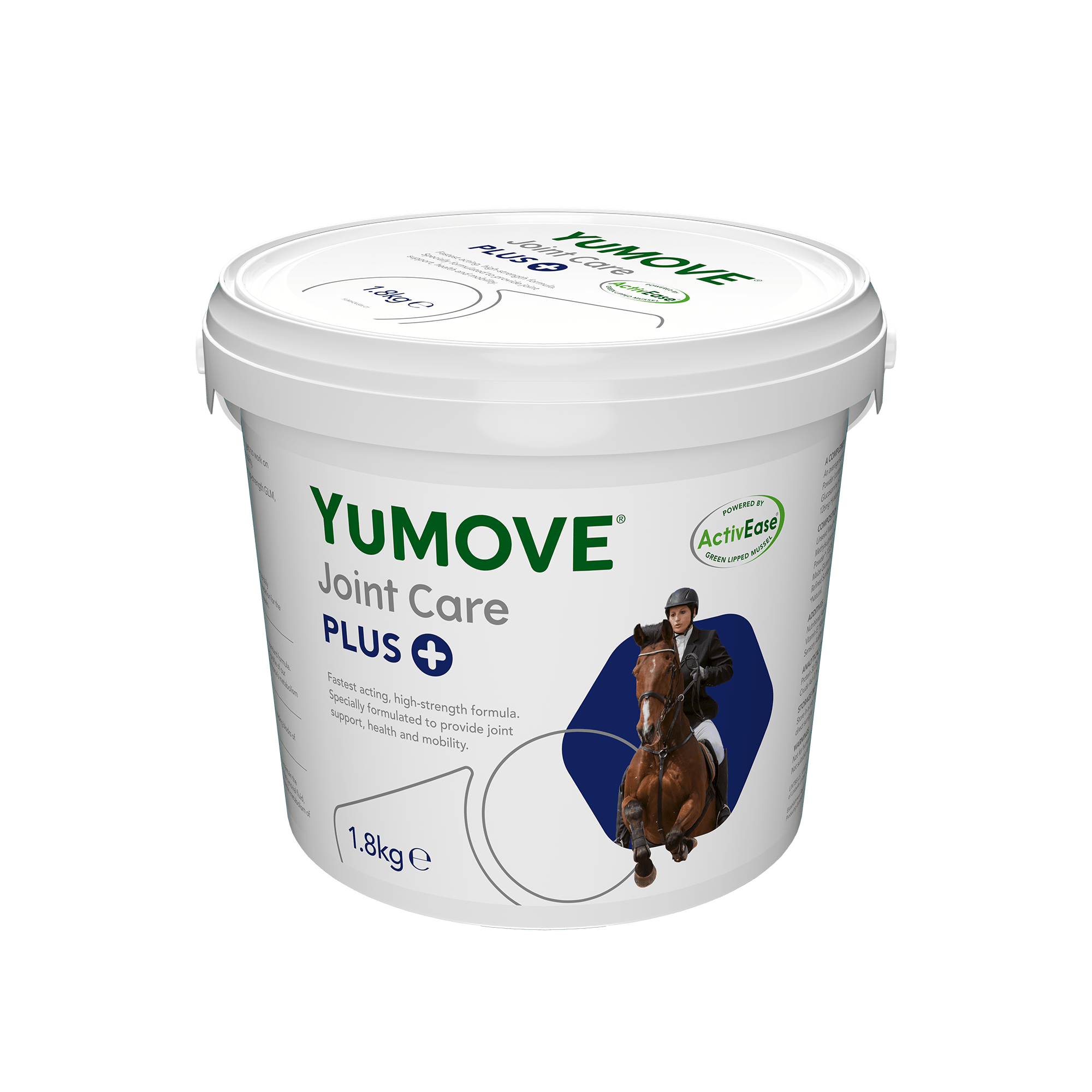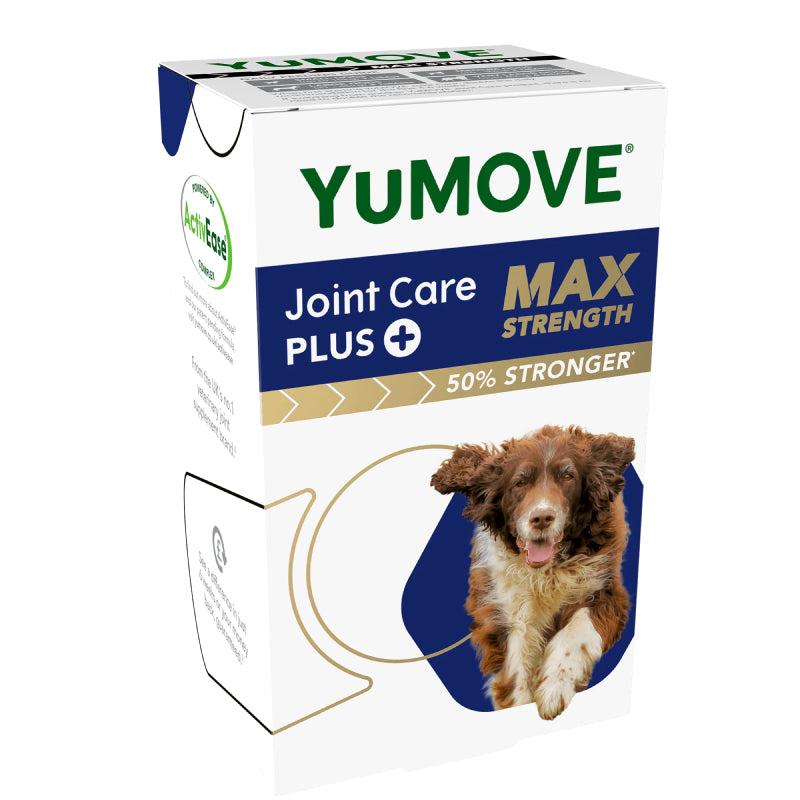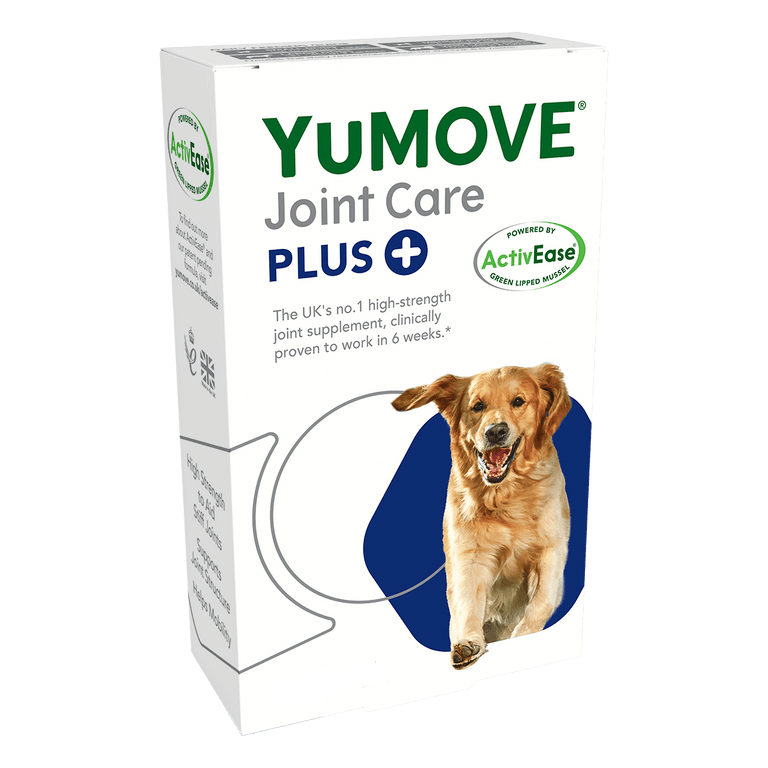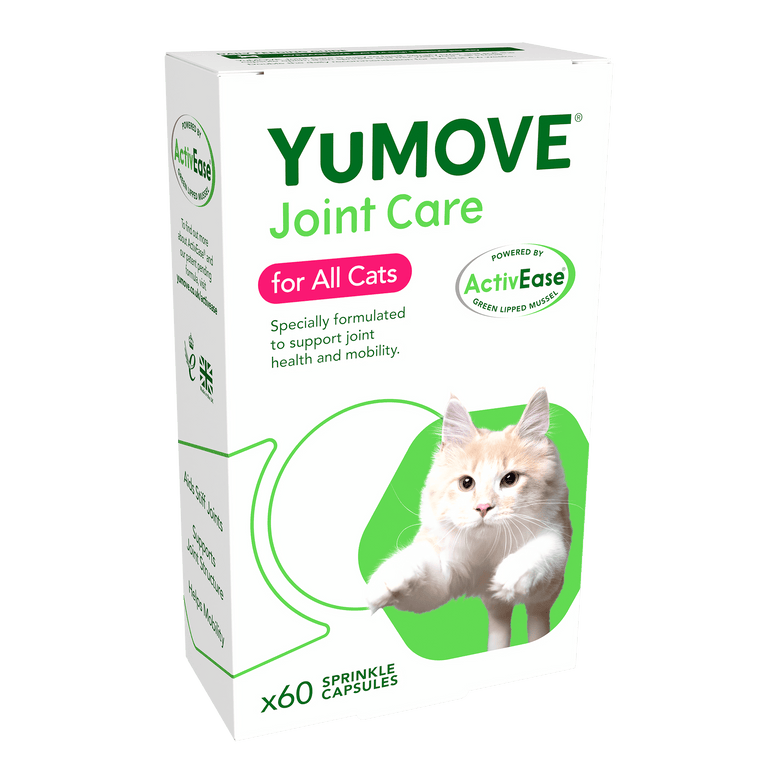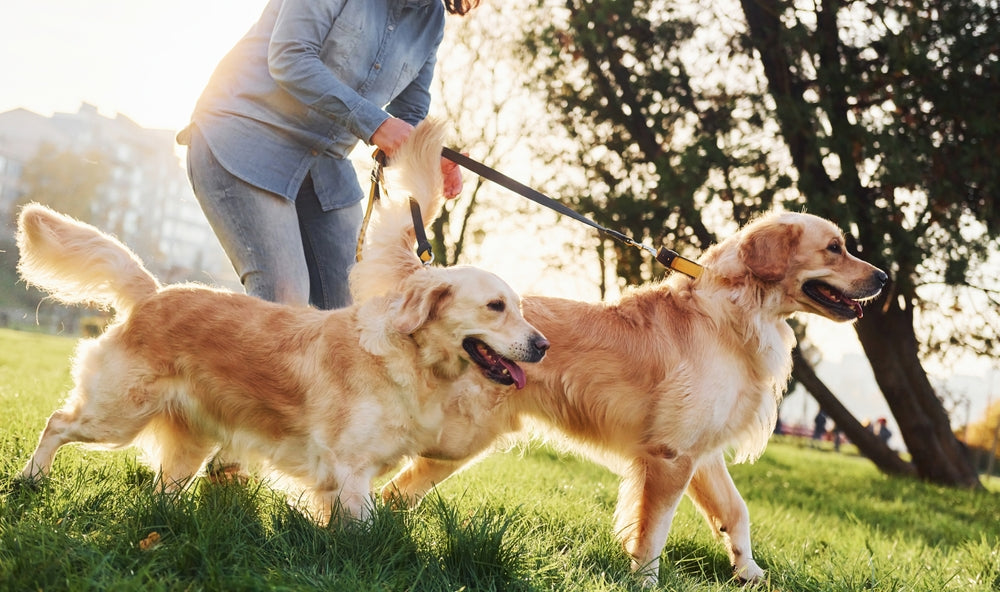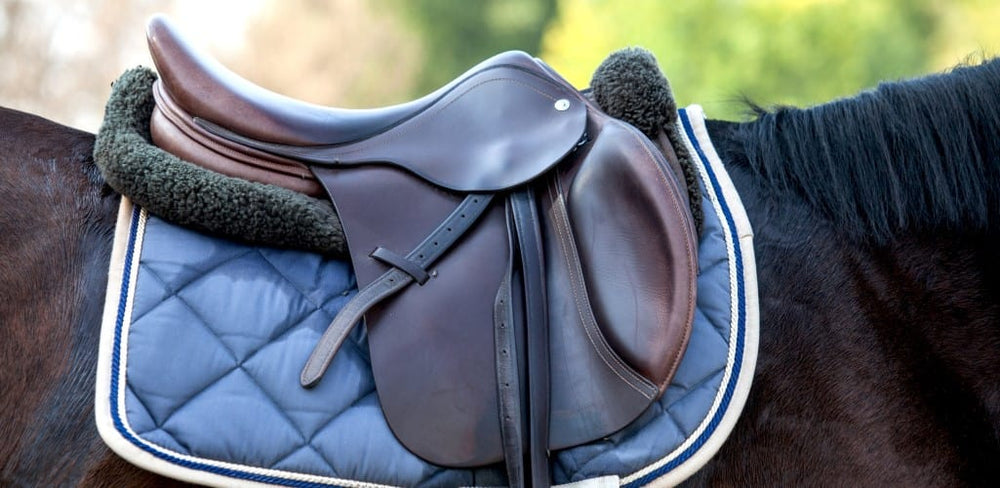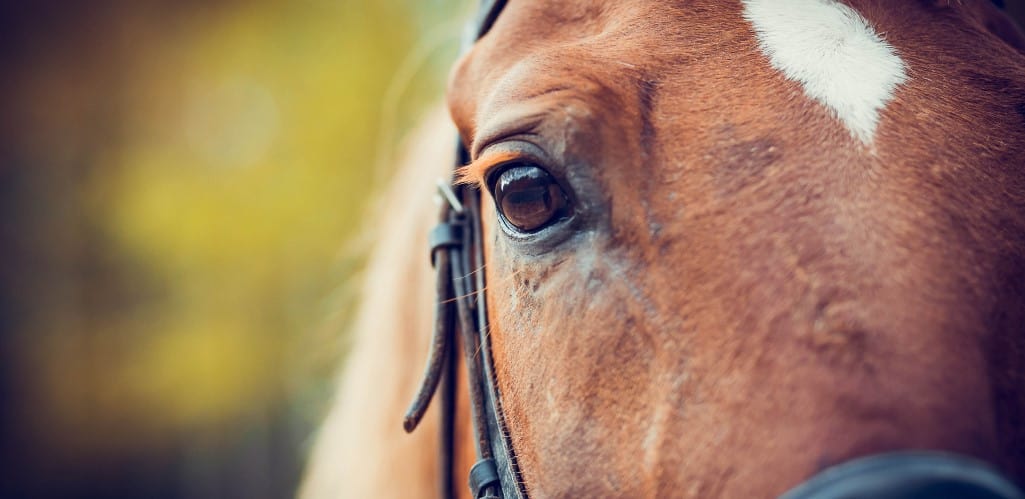[UPDATED SEPTEMBER 2023]
Having a saddle that’s a good fit for your horse is fundamental to the quality of your ride and enables you to communicate effectively with your horse. It’s also vital to help keep your horse healthy and happy.
Here, we look into why a well-fitting saddle is important and how often you should check your saddle.
Watch your horse’s body language
Your horse will tell you quickly enough if their saddle is uncomfortable. Look out for signs such as your horse moving away as you’re trying to tack them up, pinning their ears back or swishing their tail when you carry the saddle towards them.
When you’re riding, your horse might also react to an uncomfortable saddle by being reluctant to go forward, by bucking, or by taking shorter strides than normal.
Check out our blog here for more on reading your horse’s body language.
Why an ill-fitting saddle can be a worry

A saddle that doesn’t fit properly may cause your horse physical problems for a variety of reasons. It could:
- Make your horse’s back sore or sensitive. If you run your hand along your horse’s back and they flinch as your hand passes over the area where the saddle normally sits, that could be a sign that the saddle is causing undue pressure on their back.
- If their saddle doesn't fit properly, your horse might not be able to move as normal or may not want to. This change means certain muscles may not be used as much as they should, which can result in muscle loss.
- Lead to hair loss or white hairs.Tell-tale hair loss or white hairs on your horse’s back could be due to additional pressure caused by a poor saddle fit. If untreated, this can lead to back pain and nerve damage.
The modern saddle
Saddles are designed to provide a high degree of comfort, support, and stability for both the horse and the rider. Their essential role is to spread the rider’s weight evenly across the horse’s body and to allow the rider to connect and communicate effectively with the horse.
In many ways, the saddles we use today are wonderfully engineered pieces of equipment. Increasingly, we’re seeing innovations such as the use of shock-absorbing materials including gels and foams, flexible trees that allow more give, and saddles that incorporate lightweight and easy-care materials.
Check your saddle twice a year
Whatever kind of saddle you have, it’s vital to check it regularly. This will help you spot potential issues before they become serious problems for you and your horse.
The usual recommendation is to check your saddle twice a year. This is because your horse’s shape is likely to vary throughout the year, either due to changes in their weight or fitness levels.
The age of your horse is also a factor. A young horse is more likely to add muscle as they mature, while an older horse is more likely to lose muscle as part of the ageing process.
How to check your horse’s saddle
It’s best to ask a professional saddle fitter to check your horse’s saddle. However, there are a few checks that you can carry out yourself.
For example, you can see for yourself how well your saddle fits across your horse’s back by trying the ‘talc test’. Shake some talcum powder over your horse’s back, put the saddle on your horse, press it down firmly, then remove it. Look at the underside of the saddle. Are there any areas where more talc has gathered, indicating extra pressure? Is the talc distributed symmetrically or are there any indications that the saddle is pressing more on one side than the other?
The results of the talc test will give you some useful information that you can share with your saddle fitter.
You could also try this observation test. Put the saddle on your horse, tighten the girth and lunge your horse. If the saddle fits properly, you shouldn’t be able to see it move up and down or side-to-side significantly. Make sure the stirrups are secure if you do this.
Find out more about saddle fitting

Have a look at the Saddle Research Trust, a charity that commissions research on horses, saddlery and rider interaction, to promote animal welfare. Various organisations also run courses in saddle fitting, including the British Equestrian Trade Association and Equinology (based in California, but we can dream).
Extra support for your horse
If your horse could use extra support to help them stay active for life try YuMOVE Joint Care for Horses. Its triple-action formula soothes stiffness and supports joint structure and mobility.
